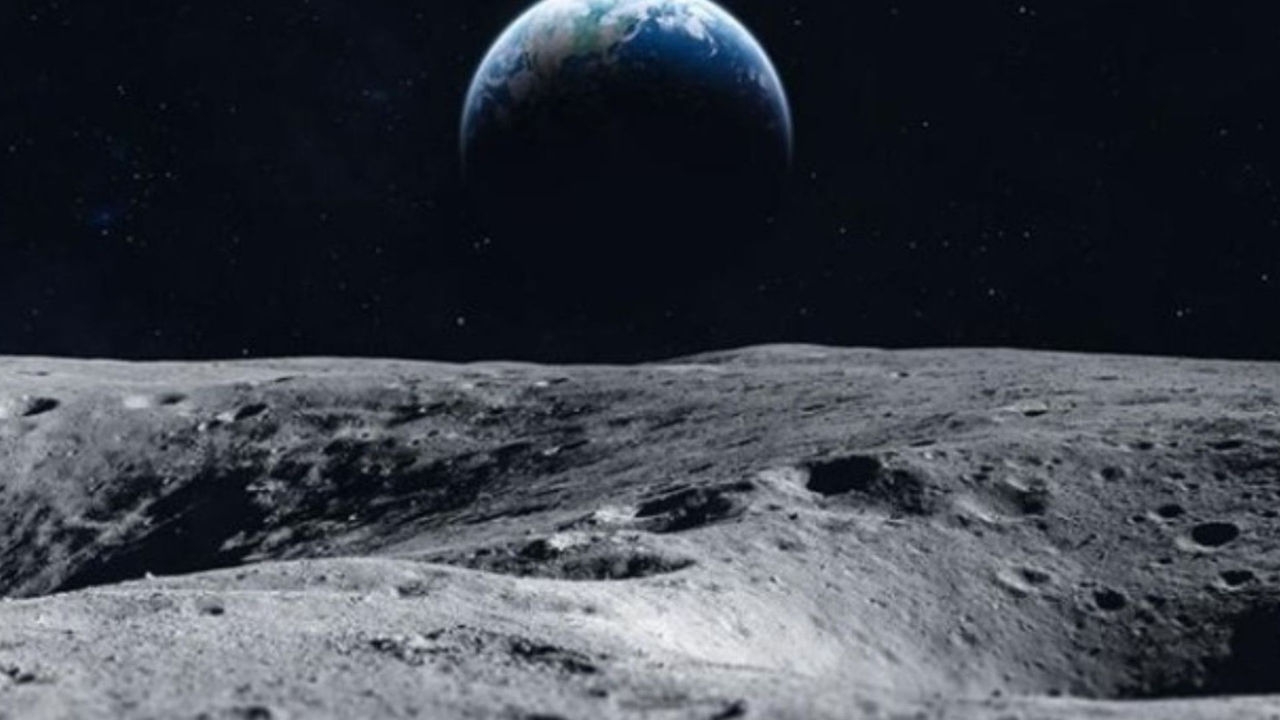Australian space industry: a star on the rise
Australia’s space sector is skyrocketing, with annual growth of more than 7 per cent – outpacing GDP – and the industry on a mission to triple in size to A$12 billion by 2030.
Its position as a global space player has also been confirmed, with NASA last year choosing a remote area in Australia’s north to carry out its first-ever commercial rocket launch outside the United States – demonstrating Australia’s expertise in managing remote operations and complex facilities.
NASA is also partnering with Australia for the Artemis mission to return astronauts to the Moon and then travel to Mars, with an Australian-made rover to play a key role in the lunar expedition.
The milestone mission is opening up a wide range of scientific and engineering opportunities in Australia, as well as showcasing the country’s world-leading capabilities in areas such as autonomous systems, robotics, next-generation communications, quantum technologies, Earth observation, satellite technology and space tracking.
“It’s an exciting time for space globally, but particularly for us here in Australia,” says Director of Space Technology at the Australian Space Agency (ASA) Katherine Bennell Pegg. “We are in a unique phase where our space capabilities are expanding and we have the opportunity to shape that growth.”

A surge in domestic and international investment is also helping to drive the industry’s expansion, with the investment pipeline for the Australian civil space sector worth approximately A$2 billion – and growing fast. Global research firm IBISWorld estimates the Australian space sector generated A$5.7 billion in 2020, with over 800 businesses supporting more than 15,000 jobs.
“Australia has so many world-leading niche capabilities that can be leveraged to further ourselves as a global space player and a regional powerhouse,” says Bennell Pegg. She points in particular to Australia’s “desirable geographical location, stable political environment, wide open ranges and long coastlines, a rapidly maturing and growing space talent base, and a responsible regulatory framework”.
The ASA – established in 2018 to transform the Australian space sector – has largely pursued an industry-first approach over the past four years, focusing on growth and the commercial benefits of space. This has enabled Australia to build a dynamic and sustainable space industry, says Bennell Pegg.
“Space is not just positive – it’s also lucrative,” she says. “Our focus has been quite different to many other traditional space agencies around the world that are very science-driven.”
Now, the ASA is expanding its strategy to include support for a growing number of space businesses in Australia, ranging from large multinational incumbents like Italian-headquartered Leonardo to startups like Black Sky Aerospace.
The agency’s Advancing Space: Australian Civil Space Strategy focuses on seven priority areas, with roadmaps for each area being progressively rolled out. Co-developed with industry, government and researchers, these roadmaps identify opportunities for business and set out a clear guide to the sector’s growth over the next 10 years.
An important component of Australia’s growing global space role is Earth observation (EO) technology – an ‘eye in the sky’ that is vital for services such as mapping and managing natural disasters like bushfires and floods, monitoring biodiversity and deforestation and tracking the impact of climate change. To fast-track Australia’s EO sector, four new satellites will be designed, built and operated in a A$1.2 billion project led by the ASA, in partnership with Australia’s national science agency CSIRO, Geoscience Australia, the Bureau of Meteorology and Department of Defence.
Australian space-based communications company Skykraft started 2023 by successfully launching five Australian manufactured satellites from Cape Canaveral in Florida – the first of 200 the company plans to launch into low Earth orbit over the next two years. The aim is to deliver a global air traffic management system that can provide aircraft with coverage even in remote areas.
International collaborations and partnerships are instrumental to Australia’s space advancement blueprint. The International Space Investment initiative has already awarded A$11 million to 24 Australian organisations and is expanding its support with a further A$28 million for Australian businesses and researchers to tap into broader international partnerships.
The ASA is also intensifying interactions with the Indian Space Research Organisation (ISRO) to support the growing space technology markets in both countries. This includes facilitating the signing of half a dozen MOUs between Australian and Indian space tech startups in late 2022. The two agencies have already discussed plans for ground stations in Australia to support the ISRO’s Gaganyaan Human Spaceflight program.
Other international engagements include the Australian Bureau of Meteorology’s collaboration with various agencies on meteorological satellites, and also with the Five Eyes Meteorological Community of Practice (the MET-5) – including Canada, New Zealand, the United Kingdom and the United States Air Force – on space weather. Geoscience Australia and the ASA are also collaborating with the United States to develop satellite systems that will improve the quality of satellite EO data, while the CSIRO engages with NASA and the European Space Agency on deep space communications and spacecraft tracking.
Another recently announced collaboration involves a study on how to help plants grow and survive on the lunar surface. Led by Australian startup Lunaria One, the project involves industry bodies working with the Australian National University, Queensland University of Technology, Melbourne’s RMIT University and Ben Gurion University in Israel.
“While innovation is central to space, space can also drive innovation across the nation more broadly – in mindset, in technical capability, in entrepreneurship,” says Bennell Pegg. “Space innovation is often innovation at its most extreme.”
To find out more about Australia’s booming space industry, the innovations transforming the sector and the opportunities for business and investment, see our space industry page